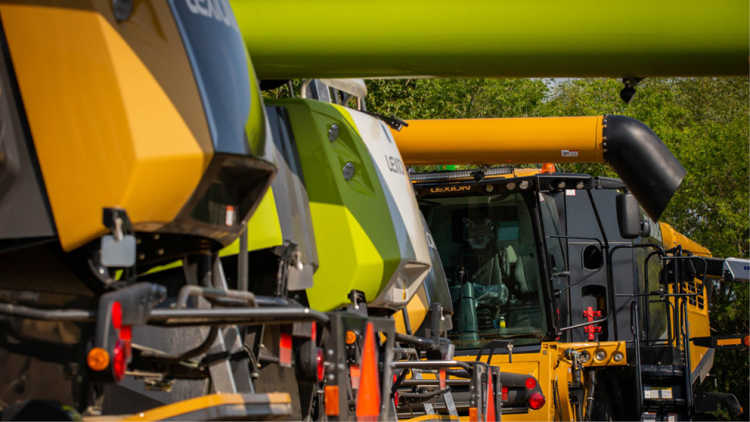Farmers still find reasons to share equipment

Farming is as much an individual career as it is communal. From the tight-knit communities formed through agriculture and rural living to family-like relations often shared between neighbours, farming is just different. On the other hand, one typically individualized component of 21st century farming is equipment and many Canadian farmers own their equipment by themselves. However, with sky-high iron prices, many opt to share.
At Courtright, Ont., Julie Maw and her husband Kyle share grain buggies with friends and neighbours going back more than a decade. With an old livestock barn on their property sitting empty, they thought there was a way to repurpose it. At that same time, a neighbour needed a place to store a pair of grain buggies over winter. A quick solution was born: the Maws store the grain buggies and, as payment, use them at harvest time at no charge.
Make communication the number one goal . . . and make certain everyone’s expectations are in sync.
“One of us can start sooner than the other,” she says. “This works for us and it benefits both parties.”
Julie and Kyle maintain the buggies. As she explains, it’s a small price to pay for not having to make outright purchases on expensive machinery.
“Equipment has a hefty price tag and that’s not changing anytime soon,” she says. “We might not have the cash flow to put out at that time. If a buggy can patch us through for a couple years . . . it’s an advantage for a young farmer starting out.”
Julie encourages farmers to make communication the number one goal when deciding to share equipment and make certain everyone’s expectations are in sync.
“Make sure everyone has a clear understanding up front of what’s expected, when one plans to use it and how the ownership will work.”
Thinking about sharing? Consider a formal agreement
While communication is important, having a formal agreement in place can help ensure expectations are clear, understood and agreed upon. A formal document can mitigate any disagreements or misunderstandings. After all, equipment sharing is a business transaction like any other.
One way to set up an agreement is to base equipment shares on land shares and design a living document that provides legal direction should land-based percentages change. The share of equipment may differ from person to person and may also differ over time. Equipment maintenance also comes into play, so no one person is footing the bill or making maintenance decisions exclusively.
This type of arrangement provides solid direction going forward. Want to know more? Read how equipment sharing can go awry in a joint venture without formal agreements in place.
From an AgriSuccess article by Trevor Bacque.

Using farm management software can boost your bottom line. Here’s how.
